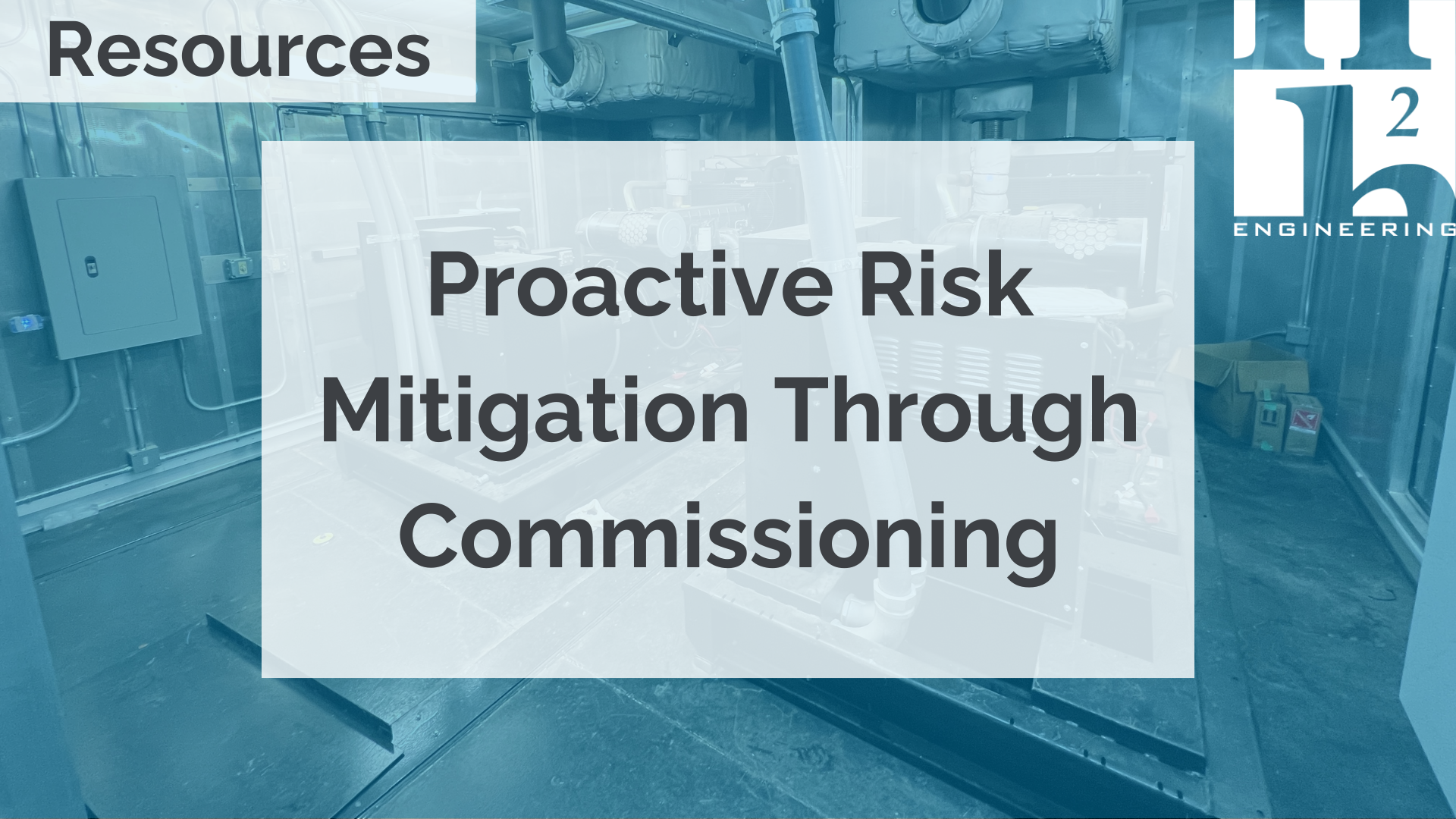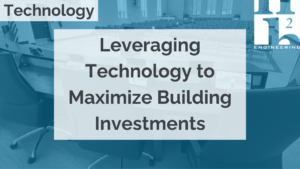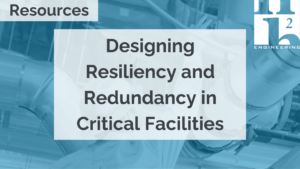Commissioning is a critical quality assurance process that ensures building systems perform as designed, minimizing the risk of operational issues, costly rework, and project delays. At H2Engineering, our commitment to comprehensive and proactive commissioning services plays a key role in delivering reliable, efficient, and high-performing buildings. By integrating commissioning from the early stages of design through construction, we address potential issues before they escalate, protecting our clients’ investments and ensuring long-term building success.
What is The Role of Commissioning in Risk Management?
Commissioning is far more than a compliance checklist or a final inspection. It is an in-depth, systematic process that involves verifying, testing, and documenting most major building systems to confirm they operate as intended. The commissioning scope typically includes mechanical, electrical, plumbing, and control systems, ensuring they function together seamlessly and meet the design criteria. System and equipment sequences of operation are thoroughly reviewed to ensure the client receives a system that operates as efficiently as possible but also enables the end users to easily diagnose system problems, take corrective actions, and prevent both catastrophic failures and occupant complaints.
At H2Engineering, we prioritize commissioning as a tool for proactive risk management. Our experienced engineers work closely with project teams from the design phase onward, scrutinizing design documents, conducting detailed reviews, and implementing robust testing protocols. This proactive approach allows us to identify potential issues early, when they are less costly to correct, rather than after systems are installed and operational.
How to Identify and Mitigate Common Commissioning Issues Early
The complexity of modern building systems often leads to issues that may not be apparent until testing or occupancy. However, many of these problems can be mitigated or avoided entirely through early-stage commissioning. Below are several common challenges that our commissioning process helps to identify and resolve before they escalate:
- HVAC System Design and Installation Deficiencies
HVAC systems are integral to building performance, directly impacting energy efficiency, occupant comfort, and indoor air quality. During the commissioning process, our engineers conduct a thorough review of HVAC design documents, followed by site inspections and functional testing. This approach has enabled us to identify potential airflow constraints, undersized ducts, and improper equipment configurations in past projects. By addressing these issues early, we help prevent inefficient operation and potential system failures, safeguarding both project timelines and budgets.
- Programming Errors in Building Automation Systems
Building automation systems (BAS) are designed to control and optimize various building functions, including HVAC, lighting, and energy management. However, errors in programming or configuration can lead to substantial performance issues. Through comprehensive testing of control sequences and system responses, H2Engineering’s commissioning team verifies that all programming aligns with the design intent and operational requirements. Our attention to detail has proven effective in catching discrepancies early, allowing adjustments to be made before these issues impact system performance. These discrepancies can be as simple as setpoint range adjustments and as complicated as temperature and pressure reset sequence edits. Some of these discrepancies may only require control sequence edits, while others could require added sensors or control devices for the desired sequence scheme to operate correctly. Discovering these issues early is obviously the optimal goal of design reviews; however, ultimately, the discovery and solution to any issue before building turnover to the owner is the end goal.
- Installation Inconsistencies and Quality Control
Even the best-designed systems can fail if installation is not executed properly. Common issues include incorrect wiring, misaligned sensors, and improperly installed equipment. During the construction phase, H2Engineering conducts rigorous inspections to verify that all components are installed according to the specifications. These quality control measures have been instrumental in preventing installation-related problems that could otherwise lead to system malfunctions, increased maintenance costs, or warranty claims. Our robust pre-functional checklists are specifically designed to mitigate most common installation-related issues. They cover all aspects of equipment installation, including electrical connections, mechanical connections, controls installation and programming, sensor calibration, testing, adjusting and balancing, all the way down to making sure the equipment is properly secured.
- Inadequate Testing and Verification of System Performance
Many issues with building systems only become evident when the facility is fully operational, often during peak usage conditions. To mitigate this risk, H2Engineering employs a comprehensive testing and verification process during commissioning. This includes conducting stress tests, simulating different operational scenarios, and verifying the performance of each system component. By rigorously testing systems under various conditions, we ensure they can handle real-world demands and perform reliably from day one.
What Are the Long-Term Values of Comprehensive Commissioning?
The benefits of commissioning extend well beyond project completion. For building owners and operators, the long-term value of commissioning includes:
- Enhanced System Reliability: Thorough testing and verification reduce the likelihood of equipment failures, minimizing downtime and unexpected repairs.
- Lower Operating Costs: Properly commissioned systems operate more efficiently, leading to significant energy savings and reduced utility expenses over the building’s lifecycle.
- Improved Occupant Comfort: Ensuring that HVAC and control systems function as intended contributes to a comfortable, healthy indoor environment, increasing occupant satisfaction.
- Reduced Risk of Change Orders: By identifying potential issues early, commissioning helps prevent costly last-minute changes, keeping the project on time and within budget.
How H2Engineering Approaches Commissioning Services
H2Engineering’s approach to commissioning is distinguished by our proactive involvement, rigorous testing protocols, and commitment to quality at every stage of the project. Our process begins in the design phase, where we work closely with the design and construction teams to establish clear performance goals and identify potential challenges. Throughout construction, we conduct detailed reviews, site inspections, and functional testing, documenting each step to provide a comprehensive record of system performance.
By taking a hands-on, detail-oriented approach, we ensure that all systems are optimized for efficiency, reliability, and long-term performance. This level of thoroughness not only protects the client’s investment but also positions the building for sustainable, efficient operation well into the future.
Why You Should Partner with H2Engineering for Expert Commissioning Services
Choosing H2Engineering for your commissioning needs means choosing a partner dedicated to delivering quality, reducing risks, and ensuring optimal building performance. Whether you are planning a new construction project or upgrading existing systems, our experienced team can help you achieve your goals with confidence.
H2Engineering is YOUR FIRST CHOICE in engineering firms. Contact us today to learn more about how our commissioning services can add value to your next project.
To explore our innovative projects and commitment to engineering excellence, visit our portfolio page.


